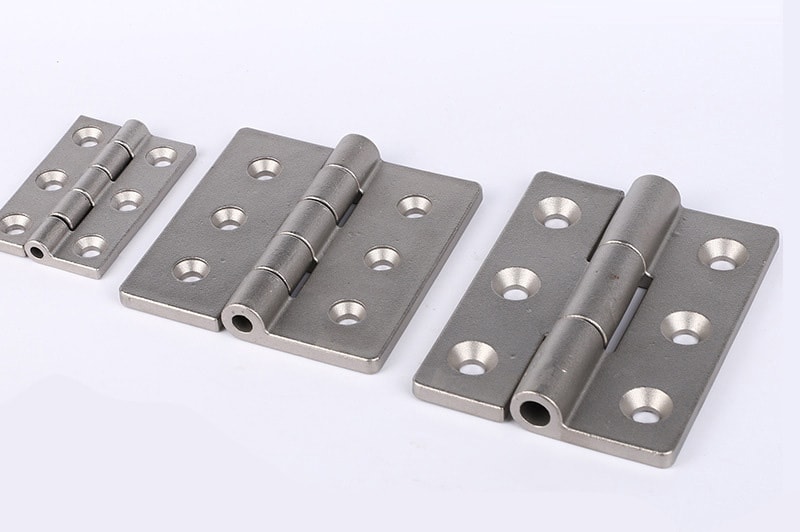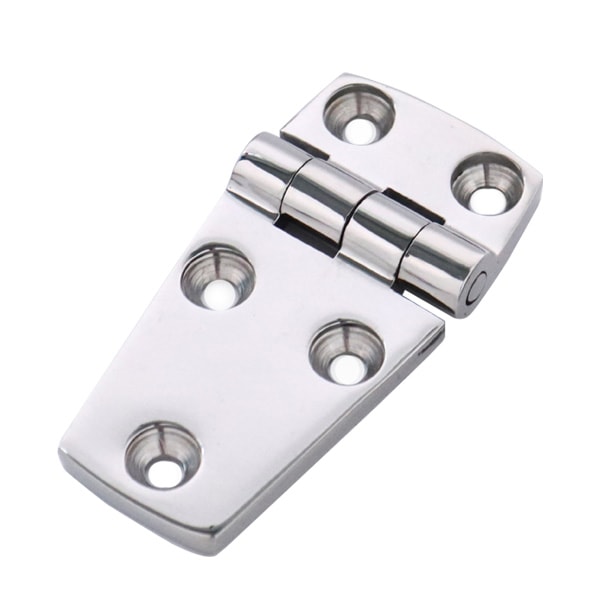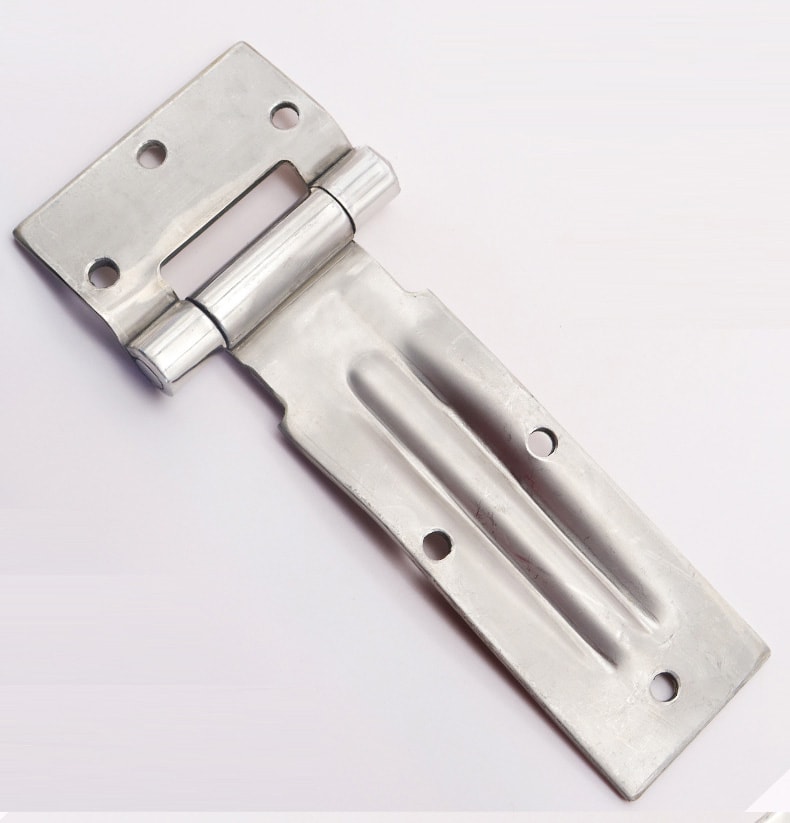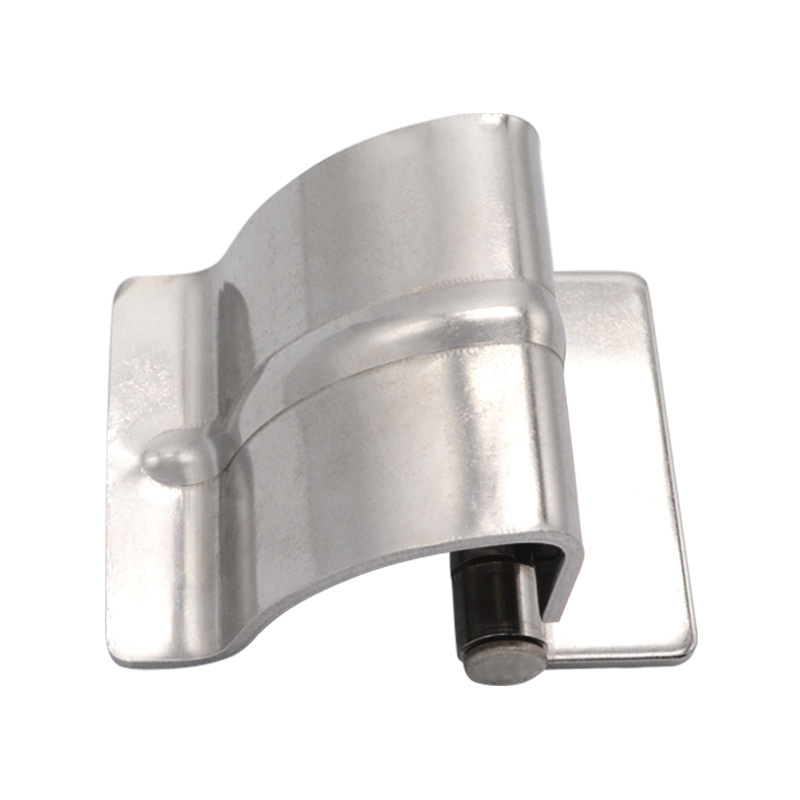Hinges are an integral part of various mechanical and technological applications. From heavy machinery to simple everyday gadgets, hinges ensure smooth movement and reliable connections. Knowing which hinge is the strongest can make all the difference in ensuring durability and functionality.
When discussing the strongest type of hinge, it’s essential to understand the context. In terms of sheer load-bearing capability, certain industrial-grade hinges lead the pack. However, “strength” can also refer to longevity, resistance to wear and tear, or adaptability in various environments.
Identifying the right type of hinge is crucial in ensuring that the product or machinery performs optimally and lasts longer. In this article, we will delve into the nuances of hinge strength and explore the different types of hinges that are considered the strongest in various contexts.

Piano Hinges
Piano hinges, also known as continuous hinges, span the entire length of the joining surfaces. Due to this design, they distribute the load evenly, enhancing their strength.
These hinges are named after their primary use in piano lids, but their application is vast in the industrial sector. The continuous design ensures that they can bear significant weight, making them ideal for doors or lids that experience heavy usage. Moreover, they can be made from various materials, including steel, brass, and aluminum, depending on the specific requirements of the application.
Butt Hinges
Butt hinges are perhaps the most commonly recognized hinge type. They consist of two plates, known as leaves, which are joined together by a central pin.
Used predominantly in doors, gates, and cabinets, these hinges are incredibly robust and durable. Their simplicity in design means fewer moving parts, leading to less wear over time. The strength of a butt hinge largely depends on its material and size, with larger ones made of tough metals being ideal for heavy-duty applications.

Concealed Hinges
Concealed hinges, as the name suggests, are hidden from view when doors or panels are closed, leading to a cleaner appearance.
Beyond aesthetics, concealed hinges offer a unique strength advantage in that their concealed nature protects them from external environmental factors, reducing wear and tear. They’re commonly used in applications where a sleek design is desired without compromising on hinge strength.
Pivot Hinges
Pivot hinges rotate around a single point, unlike traditional hinges that have a hinge pin connecting two plates.
These hinges are known for their strength in supporting tall doors or panels. By being mounted at the top and bottom of a door, pivot hinges distribute the weight evenly, ensuring that the door doesn’t sag over time. This even distribution and reduced strain make them exceptionally strong and long-lasting.

Barrel Hinges
Barrel hinges are cylindrical and consist of a male and a female part. They’re often used in gates, doors, and some high-end applications due to their unique appearance.
Their cylindrical design allows for a tight fit, increasing stability and strength. The absence of external pins or plates means there’s less chance of wear or breakage, making them quite robust.
Weld-On Hinges
Weld-on hinges are directly welded to the surface, ensuring a more permanent and robust connection than screws or bolts.
This direct attachment method provides superior strength, especially for heavy doors or panels. Given their welded nature, these hinges are best suited for applications where the hinge won’t need to be removed or replaced frequently.

Friction Hinges
Friction hinges allow movement to a certain point and then maintain that position until moved again, making them ideal for applications like laptop screens or adjustable windows.
The strength of friction hinges lies in their ability to resist unwanted movement. This can be particularly useful in environments where regular movement or vibrations could affect the position of a panel or screen.
Living Hinges
Living hinges are thin sections of flexible material that join two rigid parts, commonly found in plastic materials like bottle caps.
These hinges, while not strong in a traditional sense, excel in longevity. They can endure hundreds of thousands, if not millions, of flexes without breaking, making them “strong” in terms of lifespan and durability.
Conclusion
Hinges are diverse in design and function. While some are built to handle immense weights, others prioritize longevity or specific functional characteristics. The “strongest” hinge truly depends on the application at hand, and understanding the unique strengths of each type can lead to more informed choices in design and implementation.
You might also be interested:




